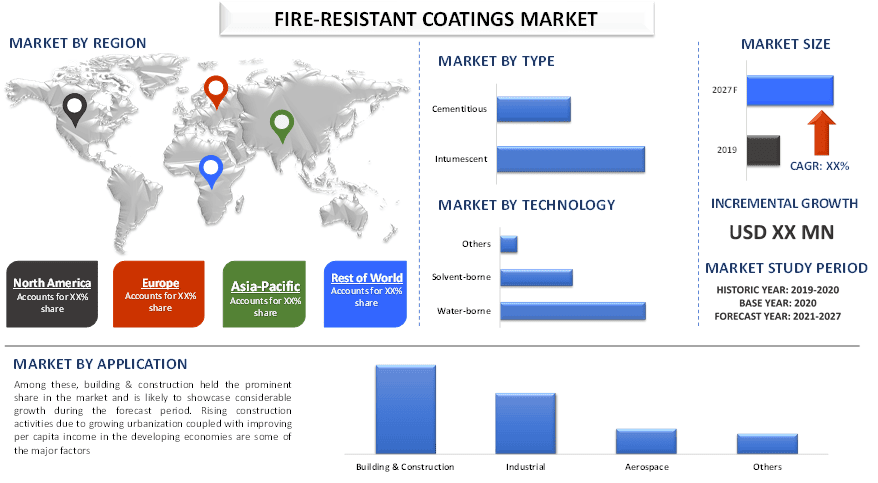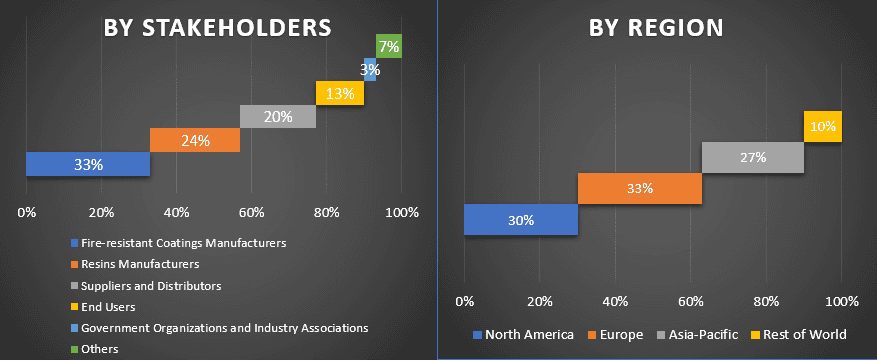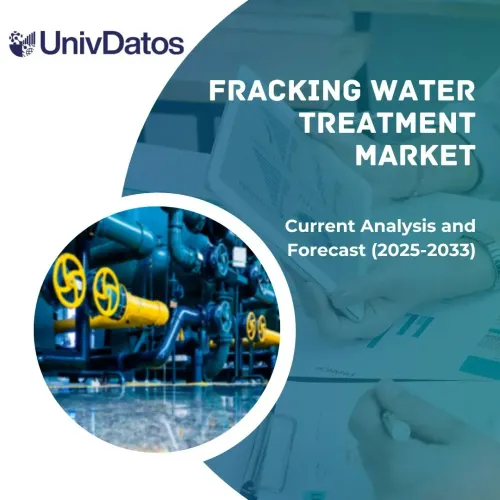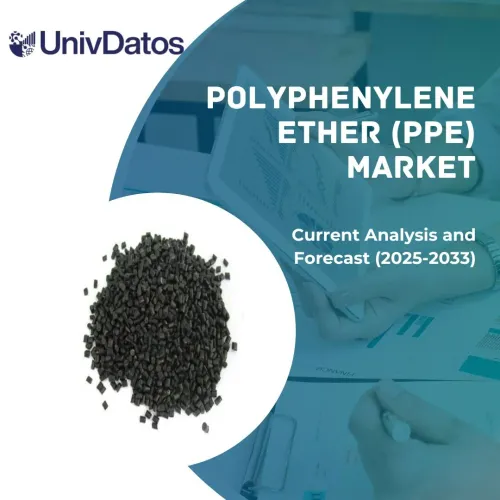Рынок огнестойких покрытий: текущий анализ и прогноз (2021-2027 гг.)
Акцент на типе (вспучивающиеся и цементные); технологии (на водной основе, на основе растворителей и другие); подложке (металл, дерево и другие); применении (строительство и сооружения, промышленность, аэрокосмическая отрасль и другие); а также регионе и стране

ЗАПРОСИТЬ БЕСПЛАТНЫЙ ОБРАЗЕЦ PDF
Ожидается, что мировой рынок огнестойких покрытий продемонстрирует рост примерно на 4% в течение прогнозируемого периода. Во всем мире пожар наносит большой ущерб экономике страны. Каждый год страны сталкиваются с серьезными негативными последствиями, такими как гибель людей и экономические потери. Развивающиеся страны регионов БВСА и Азиатско-Тихоокеанского региона являются одними из крупнейших жертв пожаров. В результате заинтересованные стороны, связанные с этими областями, постоянно разрабатывают стратегии и создают новые инновации для сокращения случаев пожаров. Огнестойкое покрытие является одним из продуктов, доступных на рынке, которые могут помочь замедлить распространение огня, остановить распространение огня, уменьшить интенсивность огня и уменьшить дым, производимый огнем. Таким образом, уменьшаются убытки, возникающие из-за пожара. Например, по данным Пожарной службы США, в период с 2017 по 2019 год ежегодно регистрировалось в среднем 34 200 случаев пожаров, связанных с отоплением, в жилых домах. Это привело к среднегодовым оценкам в 165 смертей, 600 травм и 367 миллионам долларов США убытков, связанных с имуществом. Используя огнестойкое покрытие, эти потери можно уменьшить.
Аналитические данные, представленные в отчете
«Среди типов, сегмент вспучивающихся огнестойких покрытий занимал значительную долю рынка в 2020 году».
В зависимости от типа рынок подразделяется на вспучивающиеся и цементные покрытия. Среди них вспучивающиеся покрытия занимали основную долю рынка, поскольку вспучивающиеся покрытия реагируют на огонь, разбухая во много раз от своей первоначальной толщины, в процессе образуя изолирующий обугливающийся слой. Этот обугливающийся слой защищает основание, такое как открытая конструкционная сталь или гипсокартон, от воздействия огня. Кроме того, вспучивающееся покрытие может предотвратить деформацию или разрушение конструкционной стали при высокой температуре в течение периода времени, который может позволить эвакуироваться из здания и предпринять усилия по пожаротушению. Эти покрытия могут выдерживать температуры в диапазоне от 200°C до 600°C в течение определенного периода времени.
«Среди технологий, технология на водной основе занимала значительную долю на мировом рынке огнестойких покрытий
В зависимости от технологии рынок подразделяется на покрытия на водной основе, на основе растворителей и другие. Среди них технология нанесения покрытий на водной основе, вероятно, продемонстрирует значительный рост в течение прогнозируемого периода. Это можно объяснить растущим спросом на экологически чистые продукты. Кроме того, во всем мире восприятие покрытий на основе растворителей становится все более негативным, поскольку потребители все больше узнают о вредном воздействии летучих органических соединений (ЛОС). Повышение осведомленности в сочетании со строгим государственным регулированием поддерживает рынок покрытий на водной основе, которые имеют более низкое содержание ЛОС.
«Европа заняла значительную позицию на рынке огнестойких покрытий»
Для лучшего понимания внедрения огнестойких покрытий рынок анализируется на основе его всемирного присутствия в таких странах, как Северная Америка (США, Канада, остальная часть Северной Америки), Европа (Германия, Великобритания, Франция, Италия, Испания и остальная часть Европы), Азиатско-Тихоокеанский регион (Китай, Япония, Индия, Австралия и остальная часть АТР) и остальной мир. Европа занимала значительную долю на рынке и, как ожидается, продемонстрирует значительный рост в течение прогнозируемого периода из-за строгих правил, касающихся пожарной безопасности, инициатив, предпринятых для устойчивого промышленного развития, и сильного акцента на защите от пожаров. Кроме того, растущее внимание к зеленым и умным зданиям и высокий доход на душу населения в сочетании с осведомленностью потребителей об огнестойких покрытиях стимулируют спрос в регионе.
Причины купить этот отчет:
- Исследование включает в себя анализ размера рынка и прогнозирование, подтвержденный аутентифицированными ключевыми экспертами отрасли
- Отчет представляет собой краткий обзор общих показателей отрасли с первого взгляда
- Отчет охватывает углубленный анализ видных представителей отрасли с основным упором на ключевые финансовые показатели бизнеса, портфель продуктов, стратегии расширения и последние разработки
- Подробное изучение драйверов, ограничений, ключевых тенденций и возможностей, преобладающих в отрасли
- Исследование всесторонне охватывает рынок по различным сегментам
- Углубленный анализ отрасли на уровне страны
Варианты настройки:
Мировой рынок огнестойких покрытий может быть дополнительно настроен в соответствии с требованиями или любым другим сегментом рынка. Кроме того, UMI понимает, что у вас могут быть свои собственные потребности бизнеса, поэтому не стесняйтесь связаться с нами, чтобы получить отчет, который полностью соответствует вашим требованиям.
Содержание
Анализ исторического рынка, оценка текущего рынка и прогнозирование будущего рынка огнестойких покрытий – три основных этапа, предпринимаемые для создания и анализа его внедрения по всему миру. Было проведено исчерпывающее вторичное исследование для сбора данных об историческом рынке и оценки текущего размера рынка. Во-вторых, для подтверждения этих выводов было принято во внимание множество результатов и предположений. Кроме того, были проведены исчерпывающие первичные интервью с отраслевыми экспертами по всей цепочке создания стоимости отрасли огнестойких покрытий. После предположения и подтверждения рыночных данных посредством первичных интервью мы использовали восходящий подход для прогнозирования полного размера рынка. После этого были приняты методы разбивки рынка и триангуляции данных для оценки и анализа размера рынка сегментов и подсегментов, к которым относится отрасль. Подробная методология описана ниже:
Узнайте больше о методологии исследования
Анализ исторического размера рынка
Шаг 1: Углубленное изучение вторичных источников:
Было проведено подробное вторичное исследование для получения данных об историческом размере рынка огнестойких покрытий из внутренних источников компании, таких как годовые отчеты и финансовые отчеты, презентации результатов деятельности, пресс-релизы и т. д., и внешних источников, включая журналы, новости и статьи, правительственные публикации, публикации конкурентов, отраслевые отчеты, сторонние базы данных и другие достоверные публикации.
Шаг 2: Сегментация рынка:
После получения данных об историческом размере рынка огнестойких покрытий мы провели подробный вторичный анализ для сбора текущей информации о рынке и доли для различных сегментов и подсегментов для основных регионов. Основной сегмент, включенный в отчет, включает тип, технологию, подложку и применение. Кроме того, был проведен региональный и страновой анализ для оценки общего внедрения огнестойких покрытий по всему миру.
Шаг 3: Факторный анализ:
После получения данных об историческом размере рынка различных сегментов и подсегментов мы провели подробный факторный анализ для оценки текущего размера рынка огнестойких покрытий. Кроме того, мы провели факторный анализ с использованием зависимых и независимых переменных, таких как строгие правила, касающиеся пожарной безопасности, и растущая строительная индустрия. Был проведен тщательный анализ сценариев спроса и предложения с учетом увеличения инвестиций, ведущих партнерств, слияний и поглощений, расширения бизнеса и запуска продуктов в отрасли огнестойких покрытий.
Оценка и прогноз текущего размера рынка
Определение текущего размера рынка: На основе действенных выводов, полученных на основе вышеуказанных 3 этапов, мы определили текущий размер рынка, ключевых игроков на мировом рынке огнестойких покрытий и доли рынка каждого сегмента. Все необходимые процентные доли и разбивки рынка были определены с использованием вышеупомянутого вторичного подхода и проверены посредством первичных интервью.
Оценка и прогнозирование: Для оценки и прогнозирования рынка различным факторам, включая движущие силы и тенденции, ограничения и возможности, доступные для заинтересованных сторон, были присвоены веса. После анализа этих факторов были применены соответствующие методы прогнозирования, т. е. восходящий подход, чтобы получить прогноз рынка до 2027 года для различных сегментов и подсегментов в основных регионах по всему миру. Методология исследования, принятая для оценки размера рынка, охватывает:
- Размер рынка отрасли в стоимостном выражении (доллары США) и темпы внедрения огнестойких покрытий на основных рынках
- Все процентные доли, разбивки и декомпозиции рыночных сегментов и подсегментов
- Ключевые игроки на рынке огнестойких покрытий. Кроме того, стратегии роста, принятые этими игроками для конкуренции на быстрорастущем рынке.
Подтверждение размера и доли рынка
Первичное исследование: Были проведены углубленные интервью с ключевыми лидерами мнений (KOL), включая руководителей высшего звена (CXO/VP, руководители отдела продаж, руководители отдела маркетинга, руководители операционного отдела и региональные руководители, руководители стран и т. д.) в основных регионах. Затем результаты первичных исследований были обобщены и проведен статистический анализ для подтверждения заявленной гипотезы. Данные, полученные в результате первичных исследований, были объединены с данными, полученными в результате вторичных исследований, что превратило информацию в действенные выводы.
Разделение первичных участников по заинтересованным сторонам и регионам

Инжиниринг рынка
Для завершения общей оценки рынка и получения точных статистических данных по каждому сегменту и подсегменту мирового рынка огнестойких покрытий была использована техника триангуляции данных. Данные были разделены на несколько сегментов и подсегментов после изучения различных параметров и тенденций в области типа, технологии, подложки и применения.
Основная цель исследования рынка огнестойких покрытий
В исследовании были точно определены текущие и будущие рыночные тенденции мировых огнестойких покрытий. Инвесторы могут получить стратегические выводы, чтобы основывать свои решения для инвестиций на качественном и количественном анализе, проведенном в исследовании. Текущие и будущие рыночные тенденции определят общую привлекательность рынка на уровне страны, предоставляя платформу для участника промышленности для использования неиспользованного рынка, чтобы получить выгоду в качестве преимущества первопроходца. Другие количественные цели исследований включают:
- Анализ текущего и прогнозируемого размера рынка огнестойких покрытий в стоимостном выражении (доллары США). Также анализ текущего и прогнозируемого размера рынка различных сегментов и подсегментов
- Сегменты в исследовании включают область типа, технологии, подложки и применения
- Определенный анализ нормативно-правовой базы для индустрии огнестойких покрытий
- Анализ цепочки создания стоимости с участием различных посредников, а также анализ поведения клиентов и конкурентов в отрасли
- Анализ текущего и прогнозируемого размера рынка огнестойких покрытий для основных стран
- Основные регионы/страны, проанализированные в отчете, включают Северную Америку (США, Канада, остальная часть Северной Америки), Европу (Германия, Великобритания, Франция, Италия, Испания, остальная часть Европы), Азиатско-Тихоокеанский регион (Китай, Япония, Индия, Австралия, остальная часть Азиатско-Тихоокеанского региона) и остальной мир
- Профили компаний игроков рынка огнестойких покрытий и стратегии роста, принятые ими для поддержания устойчивости на растущем рынке
- Углубленный анализ отрасли на уровне страны
Связанные Отчеты
Клиенты, купившие этот товар, также купили










